I talked to the brand that’s revolutionizing silicon battery tech
Silicon-carbon batteries are gaining significant momentum, with all Chinese brands utilizing the tech in their 2025 flagships. It’s easy to see why manufacturers are rushing to utilize these batteries in their phones; switching to silicon provides better energy density — allowing brands to squeeze bigger batteries — alongside increased durability, and it holds up much better in cold weather.
Hardwired

In Hardwired, AC Senior Editor Harish Jonnalagadda delves into all things hardware, including phones, audio products, storage servers, and networking gear.
That’s why the likes of the Xiaomi 15 Ultra, Find X8 Ultra, Vivo X200 Pro, and Honor Magic 7 Pro have considerably bigger batteries than their predecessors without adding too much bulk or weight. These batteries still use a lithium cathode, but the anode sees a mixture of silicon-carbon alongside the usual graphite, and this results in greater density.
Group14 is at the front lines of this push, with the brand’s SCC55 silicon-carbon composite used widely in the industry — Honor’s Magic 7 Pro uses the custom material in its battery. Group14 is now partnering with German industrial giant BASF to deliver a “drop-in-ready solution” that predominantly uses silicon-dominant anodes.
Group14 says this move has the potential to unlock a whole host of new use cases, and I talked to the brand’s VP of Global Market Strategy, Grant Ray, to get a better understanding of the tech.
As a high-level overview, Group14 is using its SCC55 material with BASF’s Licity 2698 X F binder, a custom polymer made of styrene-butadiene rubber (SBR) with high stress-strain and elasticity that’s designed for silicon-rich anodes. Without getting in the weeds too much, this collaboration makes it easier for phone brands to make the switch to silicon-rich batteries without overhauling their existing manufacturing lines.
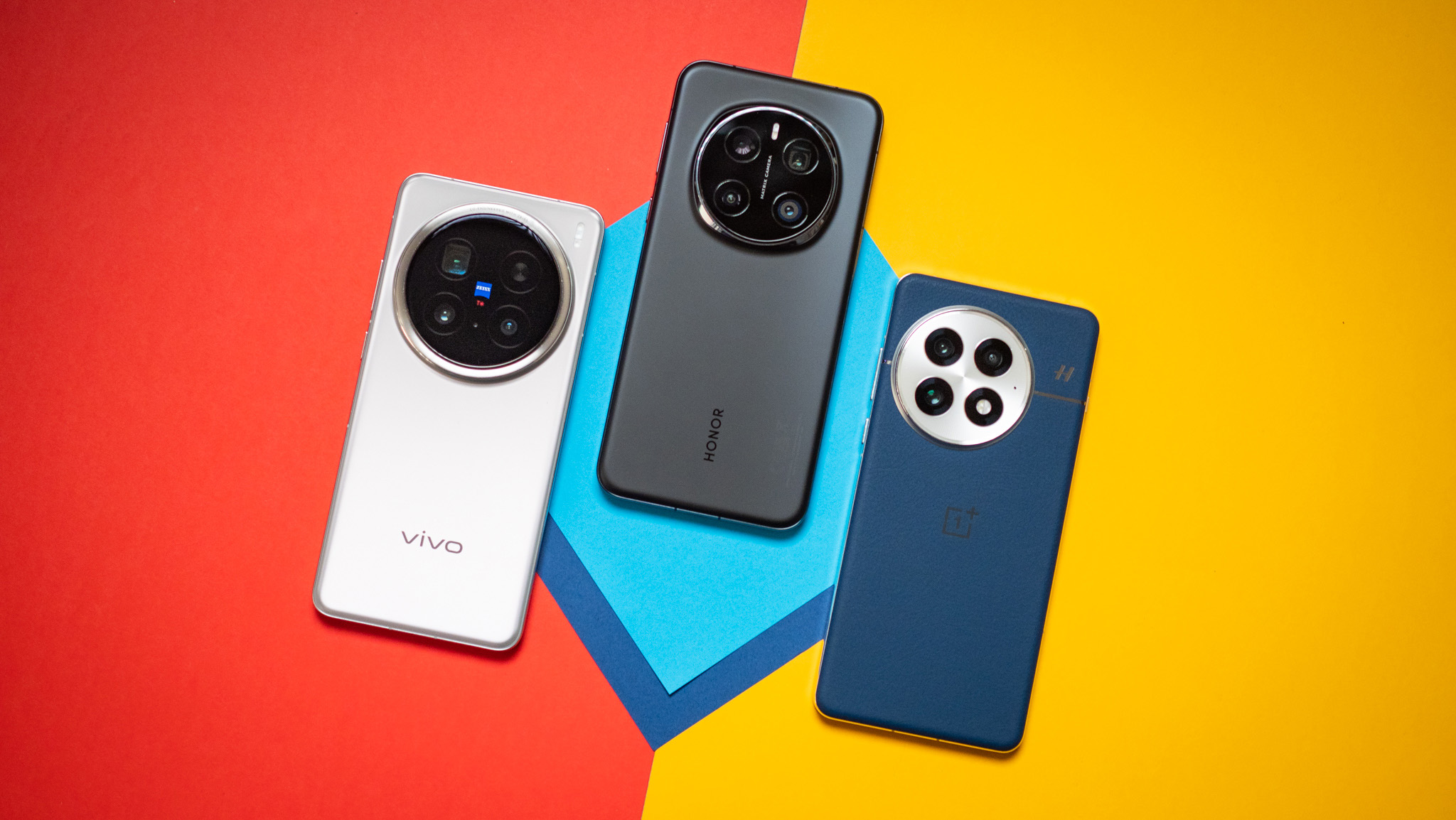
This is important, because the current generation of silicon carbon batteries used in phones have just 10% silicon in their anode. While silicon has greater energy density of 4200mAh/g — graphite has 372mAh/g — it expands considerably during charging and discharging. Mixing silicon with carbon — as Group14 is doing with SCC55 — increases the material’s mechanical integrity (thereby reducing swelling) while providing better conductivity.
ay said the next iteration of batteries will see a greater mixture of silicon-carbon in the anode, with work underway on “full displacement” — completely switching to a silicon-carbon anode. While full displacement is still some time away, the advances in mixing higher ratios of silicon-carbon anode should deliver batteries with significantly greater density and faster charging.
It’s not unfathomable to imagine next-gen phones delivering 10,000mAh batteries in roughly the same size as today’s devices, and Ray said that phone manufacturers are not as risk-averse to trying out increasing silicon mixtures. While this tech is being pioneered by Chinese brands, Ray says we may see bigger brands like Samsung switch to silicon-carbon batteries in the near future; the Galaxy S26 is touted to feature the battery next year.
A limitation in this area is availability; Ray says that the demand for the SCC55 material is significantly higher than supply, and the manufacturer is aiming to get its U.S. plant online in 2026 to cater to global demand. The current situation with tariffs is a new hurdle that’s leading to plenty of uncertainty, but Ray notes that Group14 is pushing ahead with its plans.
Using flagships this year made me realize the potential of silicon-carbon batteries, and I’m excited to see how this tech evolves in 2026 and beyond. Most phones these days last at least a day and a half between charges, and I can’t wait until the time comes when I’ll only need to charge my phones twice or thrice a week.
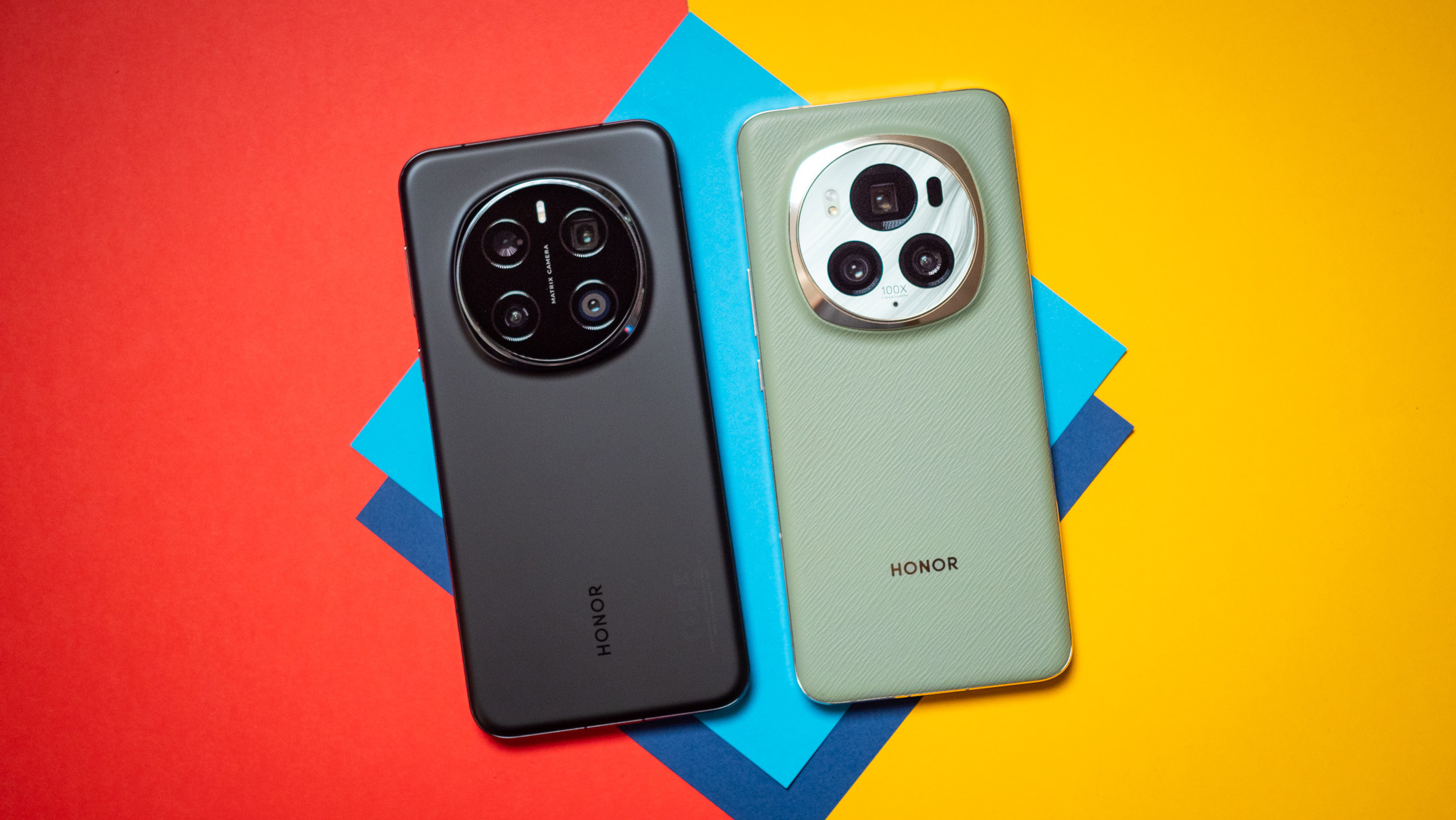

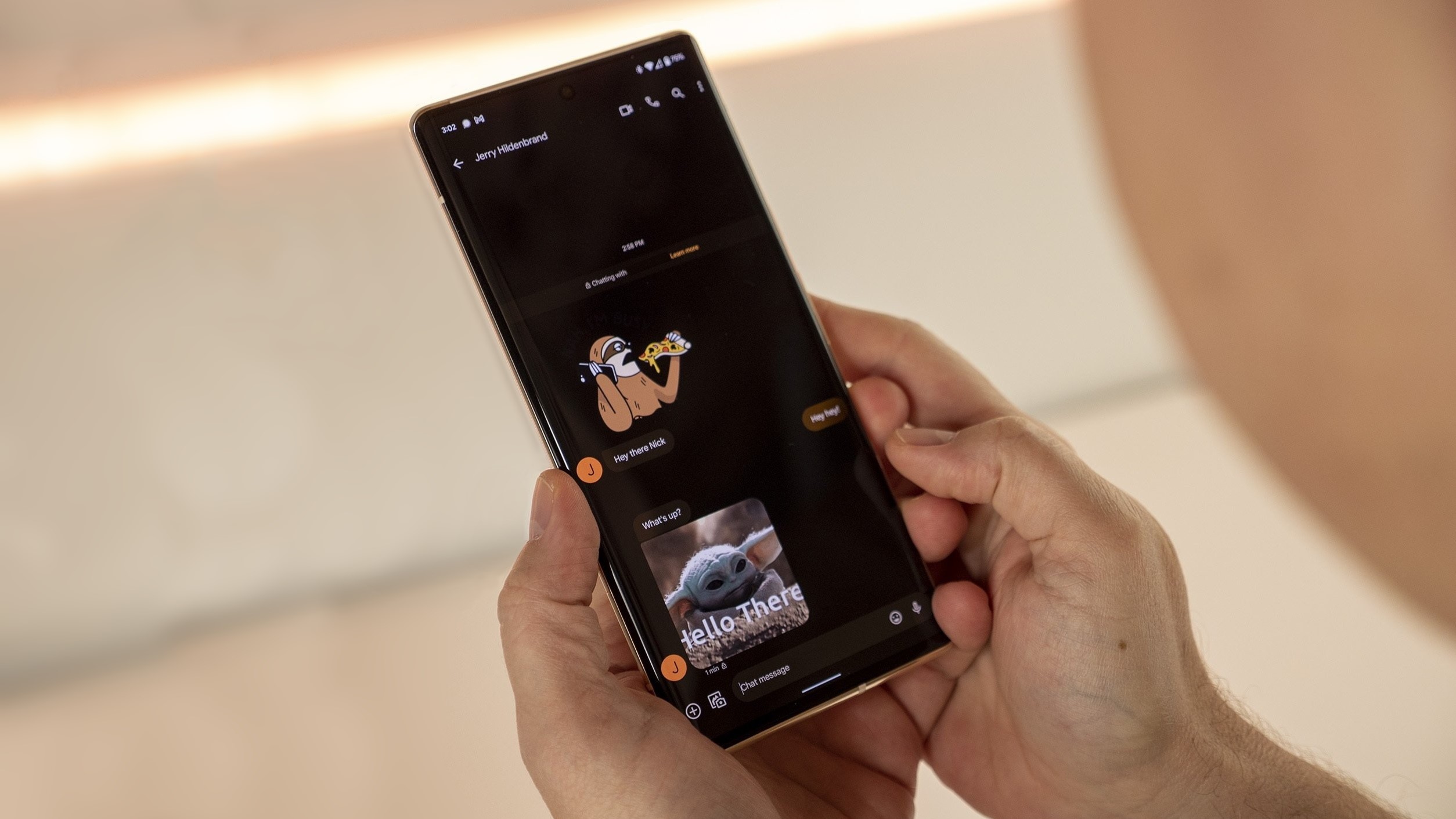
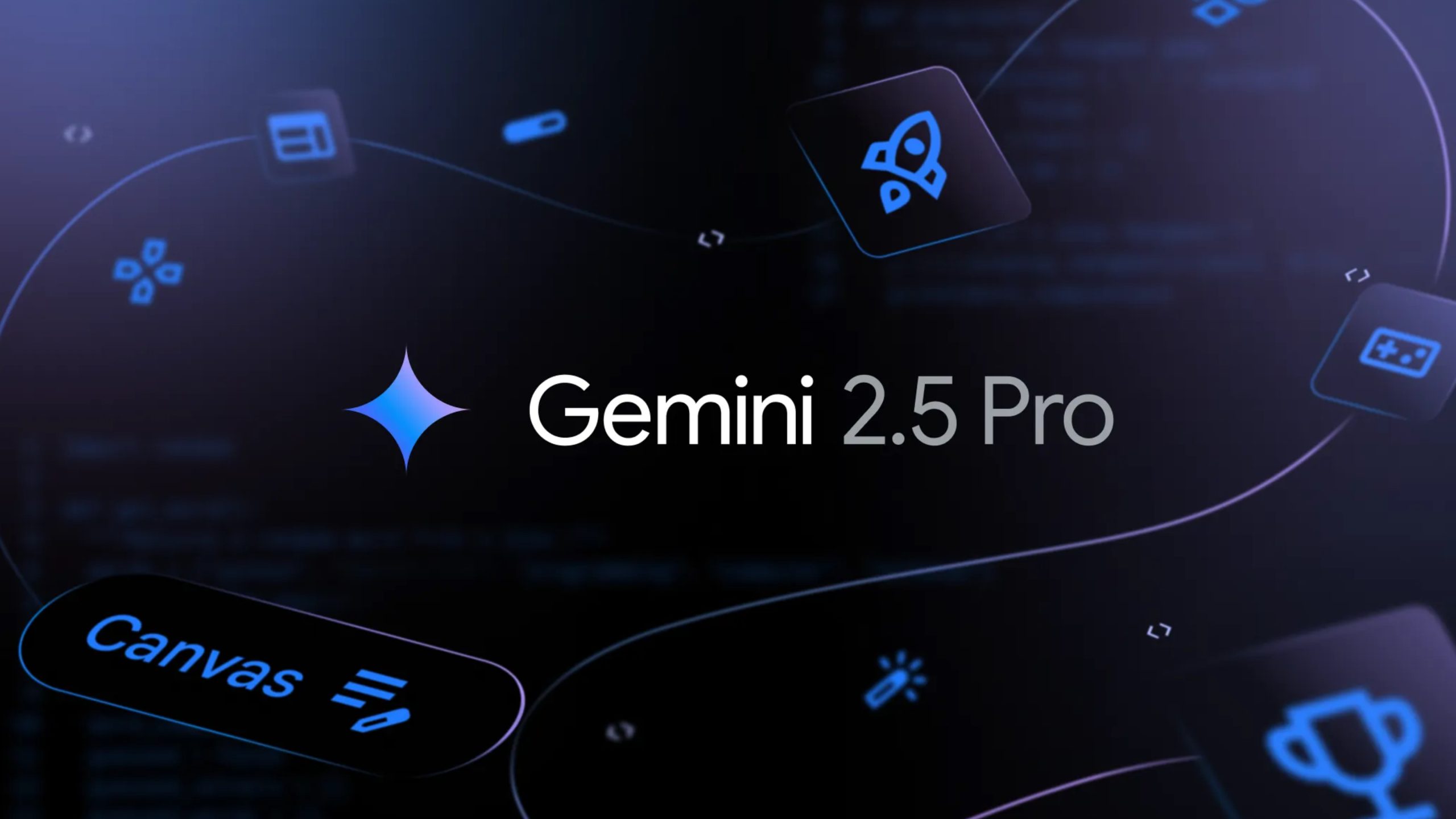

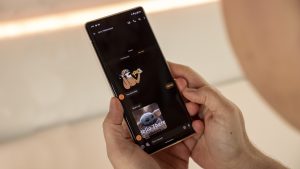


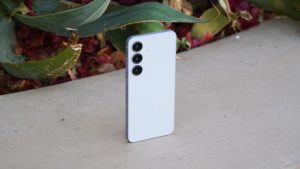



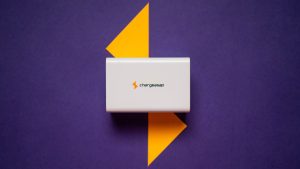
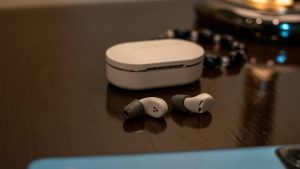
Post Comment